Almudena Arcones | #115: Cosmic laboratories for nuclear physics |
GSI - TU Darmsdadt | Almudena Arcones studied Physics in Madrid and in 2002 she moved to Germany for her master thesis (Diplomarbeit). She did her PhD in the Max Planck Institute for Astrophysics (Garching) and TU München working in core-collapse supernova simulations with Thomas Janka as supervisor. In 2017, she moved to Darmstadt for her first postdoc at the theory group of GSI. Her second postdoc (2010-2012) was in Basel with a Feodor Lynen Postdoctoral Fellowship in the group of Prof. Thielemann. In 2012, she got a Helmholtz Young Investigator Group at GSI and moved back to Darmstadt where she was appointed as assistant professor (W1) at the TU Darmstadt. Since 2016, she is associate professor and is leading the ERC starting-grant group EUROPIUM. |
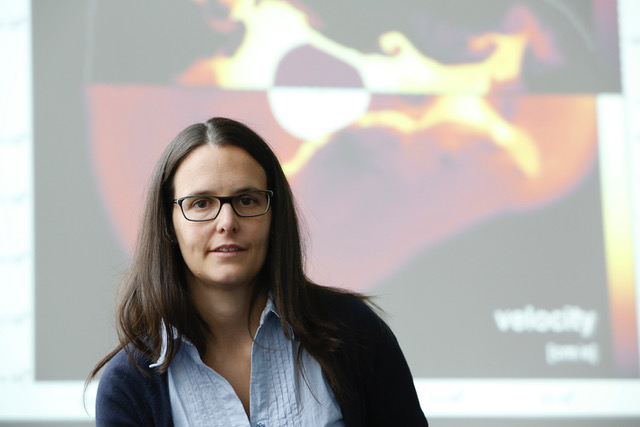 | |
| |
Thomas Aumann | #126: Observation of the tetra neutron in the p(p,α) reaction at large momentum transfer |
GSI - TU Darmsdadt | |
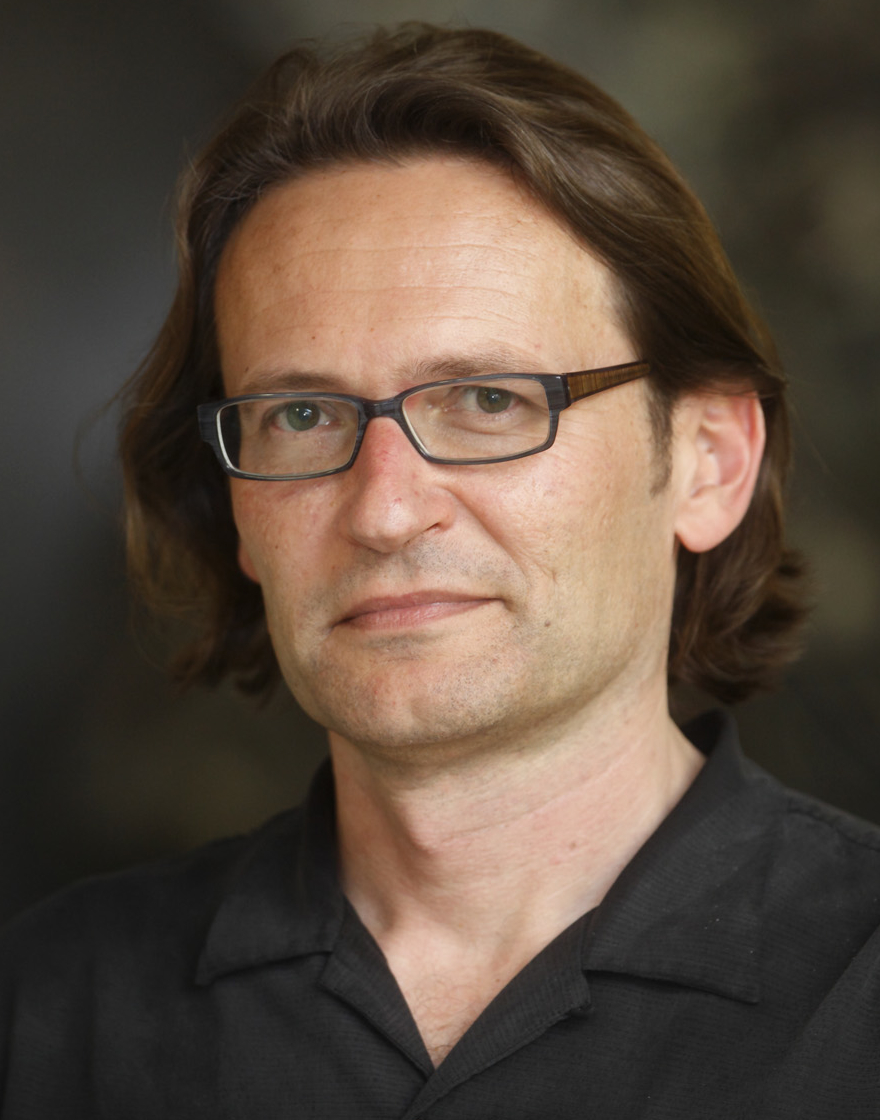 | |
| |
Marco Battaglieri | #216: Hadron Spectroscopy: an experimental overview |
INFN - Genoa | Battaglieri, Marco is a senior staff scientist at Istituto Nazionale di Fisica Nucleare – Genova in Italy. He graduated and received his Ph.D. in Physics at the University of Genova (Italy) in 1997. He has been the National co-spokesperson of the Italian collaboration at JLab (JLAB12) from 2012 until June 2018 and he is currently a member of the Executive Committee of EIC-Italy. From 2019 to 2022 he covered the role of experimental Hall-B team leader at Jefferson Lab. Marco carried out his research in hadron physics, light dark matter search with the high-intensity electron beam, underwater neutrino observatories, nuclear power plant antineutrino detection, and high energy cosmic rays detection and as a member of several international collaborations (CLAS, EIC, GRAAL, HPS, BDX, EEE, NEMO, and ANTARES). He led the meson spectroscopy program in Hall-B, built the CLAS12 Forward Tagger, and coordinated the worldwide effort to build the necessary Partial Wave Analysis (PWA) tools for future experiments (HAdron SPectroscopy in EU STRONG-2020 program). He served as co-PI of the Streaming Read-Out EIC eRD23 Consortium and co-PI of the Italy/US program (INFN/MIT) on the same subject. He served at Genova University as visiting professor of Ph.D. and undergraduate NP lab classes, tutored undergraduate and Ph.D. students, and supervised international fellows and/or summer students visiting Genova and Jefferson Lab. He published as co-author more than 300 referred papers in top-cited international journals (Nature, Science, PRL, PL, PR, NP, EPJ). He serves as a referee of international journals, INFN experiments and Italian (MIUR) and international (EU, FNRS-BE, STFC-UK, NSERC-CA, RFF-BE) funding agencies. He is also active in outreach activities to involve students (from primary to high school) in physics. |
 | |
Francesca Cavanna | #54: Nuclear Astrophysics at the Low-Energy Frontiers: Updates from underground laboratories |
INFN - Torino | Presently I am a researcher at Istituto Nazionale di Fisica Nucleare, sezione di Torino and my research activity is focused on experimental nuclear astrophysics. Since 2012, I am a member of the LUNA (Laboratory for Underground Nuclear Astrophysics) collaboration that installed a particle accelerator (400 kV terminal voltage) in the underground Gran Sasso Laboratory in Italy. In the last two years I have also joined the FOOT experiment which will measure the nuclear fragmentation cross-section of medium-light ions in order to make the most effective and safe tumour treatments in hadrontherapy. I spent several years at Istituto Nazionale di Fisica Nucleare, sezione di Genova as a post-doc; during that period I studied few reactions belonging to the NeNa cycle. I spent a period of six months at the Helmholtz Zentrum Dresden Rossendorf (Dresden-Germany) where I took care of a neutron flux measurement in the Felsenkeller underground laboratory. In March 2015, I took my PhD at the University of Genova, Italy where I also took my bachelor and master degree. |
 | |
Alberto Cervelli | #99: Status and Perspectives of Silicon Detectors |
INFN - Bologna | My activity has always consisted in the development and operation of silicon detector, alongside the search for physics beyond standard model, and the research for better tracking detector to increase the discovery reach of accelerator-based detector. I started my career working in BaBar experiment, focusing on silicon vertex detector operation andmaintenance and lepton flavor violation searches in the tau sector. During this time I contributed to the development and test of monolithic active active pixel sensor for super-flavor-factories. After my PhD graduation inside the SuperB collaboration Istudied the impactofthe trackeron g-2 measurement in tau decays while contributing to the development of the future tracker of the experiment. Since 2012 I am an ATLAS collaborator in the last ten years beside searches for SUSY and BSM particles, I devoted my research to the testing, integration, and commissioning of the ATLAS insertable b-layer, which was installed in 2015. I was involved in the ATLAS Pixel readout hardware upgrade which was performed in 2015. Since 2017 I am involved in the new tracker upgrade for ATLAS which will be installed for HL-LHC operations. |
Maria Colonna | #133: Constraints on the nuclear Equation of State from heavy ion reaction dynamics |
INFN - LNS | Maria received her Ph.D. in physics from the University of Catania (Italy) in 1993, doing part of her studies at Lawrence Berkeley National Laboratory and at Michigan State University. After post-doctoral fellowships at GANIL and CEA-Saclay, in France, she joined the theory group of the INFN-LNS (Southern National Laboratory), in Catania, where she currently holds the position of Research Director and University Teaching Professor. She served as a member of the INFN National Theory Committee from 2006 to 2012. Her research interests cover nuclear reaction theory and the nuclear Equation of State, with applications to low-energy nuclear collisions and heavy ion physics. Since December 2021, she has been serving as Associate Editor of Physical Review C. |
 | |
Marco Cortesi | #55: Development of novel detector concepts for nuclear physics with rare isotope beams at FRIB |
NSCL - MSU | |
 | |
| |
Sophia Dellmann | #160: Proton capture on stored radioactive ions |
Goethe - Universität Frankfurt | Graduated from the University of Cologne (Germany) in 2019 with the study ''Carbon embedding of metal clusters on Gr on Ir(111)'' in Solid States Physics. Working group of Prof. Dr. Thomas Michely. Moved to the Goethe University in Frankfurt (Germany) to work with the group of Prof. Dr. René Raifarth. In 2021, she obtained her Master's degree with the thesis "Determination of the cross section of 179 Ta(n,𝛾)". Since July 2021, she is a PhD student working on the proton capture reaction of the radioactive ion Te118 in the low-energy region of interest for nuclear astrophysics under the supervision of Professor Dr. René Raifarth's group. |
 | |
| |
Wolfram Fischer | #114: Present and future accelerators for nuclear physics |
BNL | Wolfram Fischer is the Deputy Associate Laboratory Director for Accelerators in Nuclear and Particle Physics, and Chair of the Collider-Accelerator Department at Brookhaven National Laboratory. The department develops, improves and operates a suite of particle / heavy ion accelerators including the AGS and the Relativistic Heavy Ion Collider that support an international user community of over 1,500 scientists. He earned his PhD from the University of Hamburg in 1995 with experimental accelerator physics work at CERN and DESY, and joined Brookhaven in the same year and moved through the ranks to his present position in 2021. Wolfram worked on a number of accelerator and collider topics. He serves regularly on accelerator advisory committees in the US and abroad. He is also an Associate Editor for Physical Review Accelerator and Beams. |
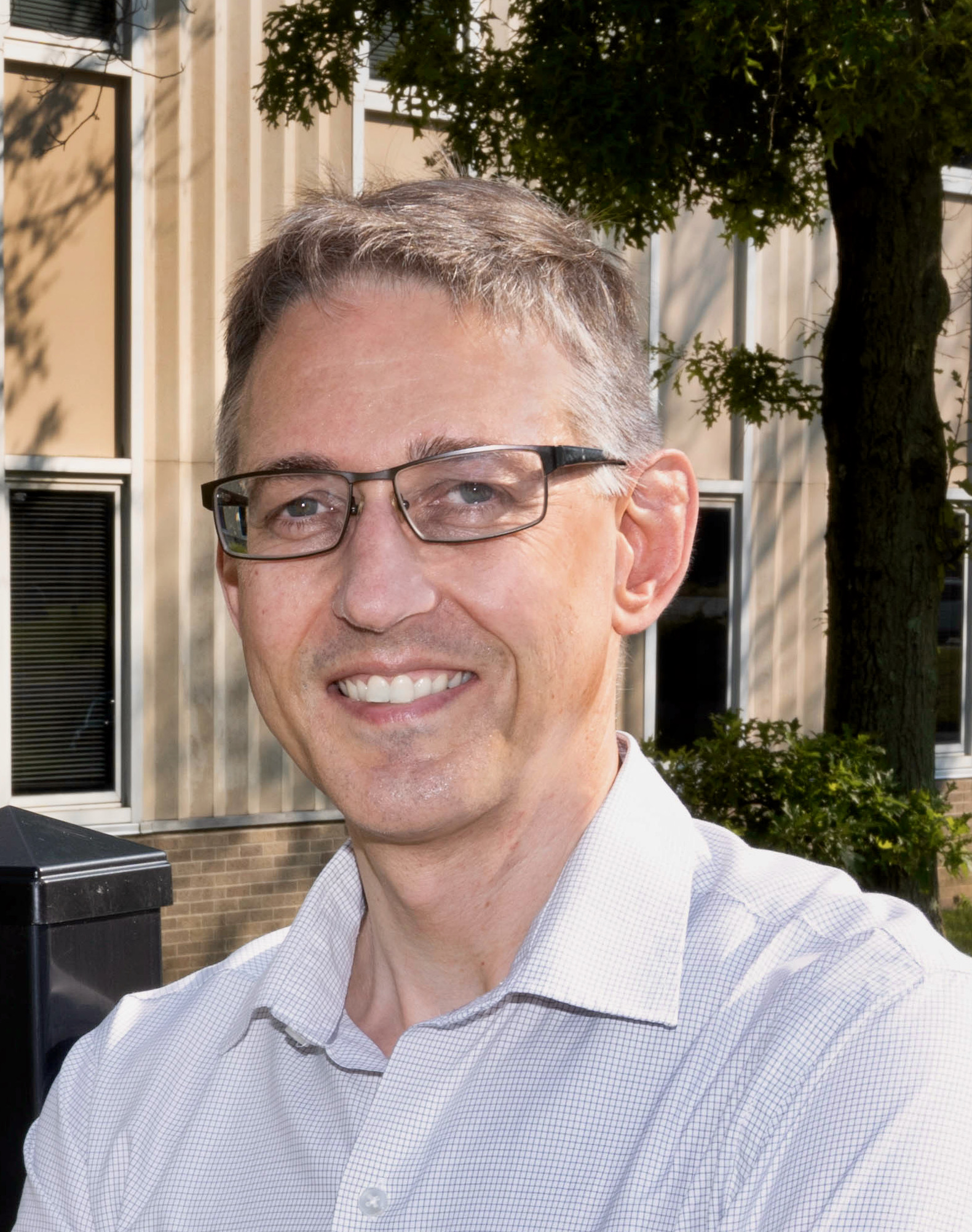 | |
| |
Alaine Goasduff | #192: High resolution gamma-ray spectroscopy of Exotic nuclei |
INFN - LNL | Alain Goasduff, whose research interests are centered on nuclear structure and reaction dynamics, received his Ph.D. from the University of Strasbourg, France, in 2012. Subsequently, he had a postdoctoral position at the CSNSM (Orsay, France) before moving in 2014 to the Legnaro National Laboratories (LNL) for an INFN fellowship for foreigners. After a three-year faculty position at the University of Padova, Alain went back to the LNL as the local contact person for the AGATA electronics and data acquisition. |
 | |
| |
Ángel Ibarra | #49: NUCLEAR PHYSICS CAPABILITIES OF THE IFMIF-DONES NEUTRON SOURCE |
IFMIF - DONES | Ángel Ibarra Sánchez has a doctorate in Physics from the Autonomous University of Madrid. He has worked for more than 35 years on different aspects related to technology issues of fusion as a source of energy, with special emphasis on those aspects related to materials and their response to radiation. For more than 15 years he has led the Fusion Technology Division of the CIEMAT National Fusion Laboratory, he has been responsible for the Spanish participation in the IFMIF/EVEDA project within the framework of the Bilateral Agreement between Europe and Japan for the Broader Approach to Fusion, he is the European coordinator of the Fusion Neutron Source Work Package (WPENS) within the framework of the EUROfusion European Consortium and has recently been appointed Director of the IFMIF-DONES Spain Consortium. He has published more than 200 articles on topics related to fusion technology and has been and is a member of various national and international committees. |
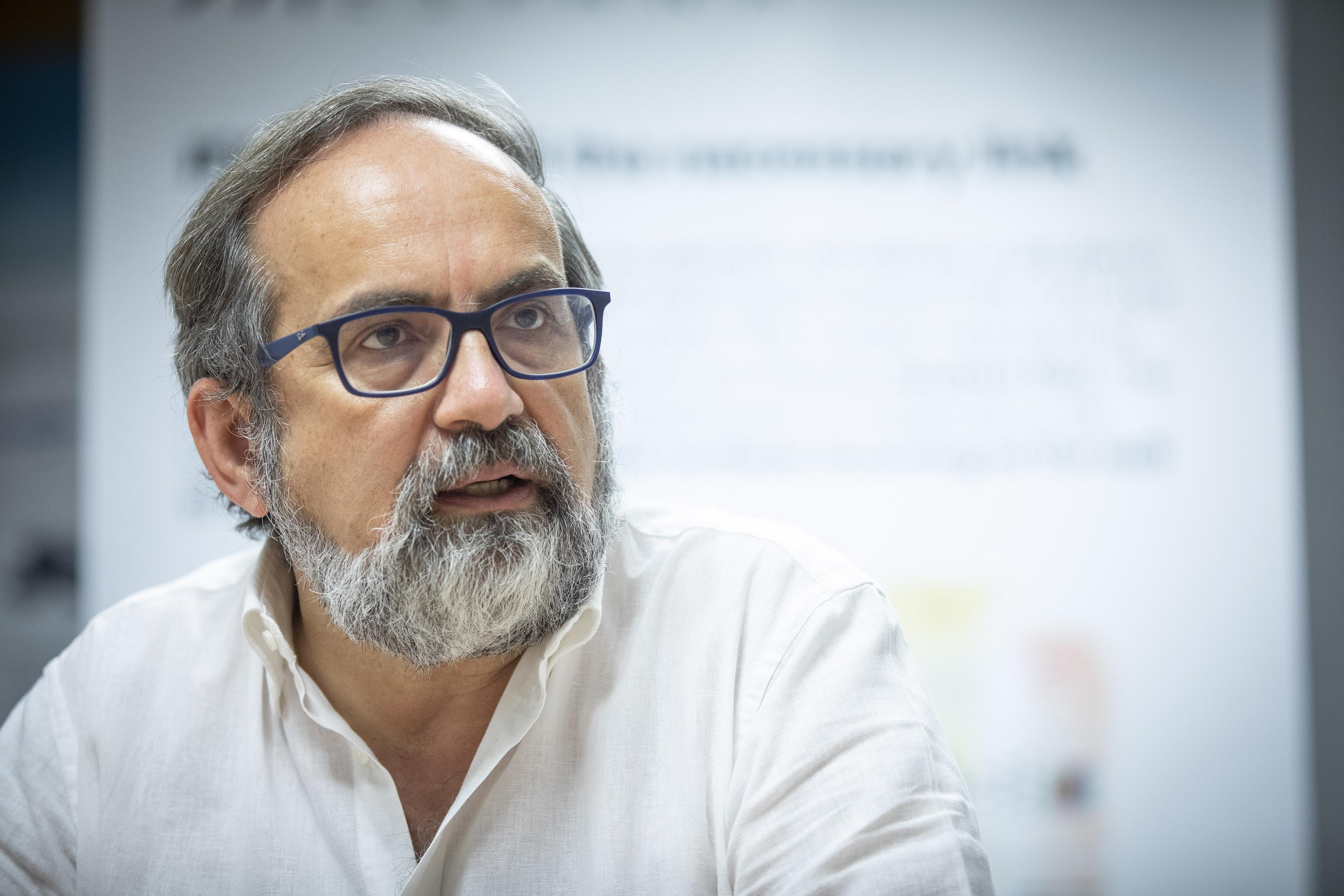 | |
| |
Beatriz Jurado | #195: Nuclear fission at storage rings |
LP2I - Université de Bourdeaux | I studied physics at the Universidad Autonoma of Madrid and I did my PhD at GSI in Darmstadt, Germany. After a two-year post-doc at GANIL in Caen, France, I was hired at the CNRS and moved to the CENBG laboratory in Bordeaux (now the LP2I). My main interests are nuclear reactions, with a special focus on the development of indirect methods to measure neutron-induced cross sections of radioactive nuclei (in particular the surrogate-reaction method). I have also intensively worked on the understanding of nuclear fission via experiments and modelling. I have proposed the study of fission and surrogate reactions at heavy-ion storage rings, which will allow us to investigate nuclear reactions of very short-lived nuclei with unrivalled precision. In 2020 I was awarded with an ERC-Advanced grant for the development of this idea (the NECTAR project). I also work on the development of original detection systems for heavy ions based on the use of solar cells, which represent a very interesting alternative to Si detectors. |
 | |
| |
Alejandro Kievsky | #127: From correlations to universal behavior in few-nucleon systems |
INFN - Pisa | |
 | |
| |
Jochen Klein | #178: Upgrades and perspectives of heavy-ion experiments |
CERN | |
| |
| |
Carlos Muñoz Camacho | #69: Unravelling the internal structure of the nucleon at Jefferson Lab and the future EIC |
IJCLab Orsay | Carlos Muñoz Camacho is an experimental physicist at IJCLab-Orsay (CNRS/IN2P3, France). For the last 20 years he has worked in electron scattering experiments investigating the 3D structure of the nucleon. He has led several experiments at Jefferson Lab using its 6 GeV electron beam and also, more recently, the upgraded 12 GeV facility. He is strongly involved in the preparations of the future Electron-Ion Collider, a facility that is foreseen to start operations in the early 2030s at Brookhaven National Lab. He was the chair of the Jefferson Lab Hall A Collaboration from 2016 to 2018 and is now chairing the Jefferson Lab Users Organization. He is an active member of the French Physical Society and was chair of its Nuclear Physics Division from 2016 to 2021. |
| |
Yvonne Pachmayer | #116: An overview of recent results from heavy-ion experiments |
Heidelberg University | Studies in Physics at University of Manchester, England and Goethe University Frankfurt, Germany. Research Associate and Privatdozentin at Physikalisces Institud, Heidelberg University, Germany, within he intenational research project ALICE at the LHC, CERN. Currently:
Further experiences:
|
 | |
Primož Pelicon | #155: Applications of high energy focused ion beams for elemental and molecular imaging in live sciences: micro-PIXE and MeV-SIMS |
Jožef Stefan Institute | PhD in atomic physics at the University in Ljubljana. Head of Department of low and intermediate energy physics at Jožef Stefan Institute (JSI). Spent entire professional career working with ion accelerators, their technical and scientific management, technical maintenance, beamline building, spectroscopy system installations. Among many applications of ion beams I was involved at JSI, I would underline the applications of Ion Beam Analysis for the development of nuclear fusion. High energy focused ion beams have been my professional objects of interest for the last 20 years of my career, in particular their applications in life sciences. Currently, I am managing a construction of a high energy ion nanobeam at JSI, aiming to become one of the most capable devices of its kind. |
Gianluca Quarta | #48: Applications of accelerator mass spectrometry radiocarbon dating in forensics |
Università del Salento | Gianluca Quarta is associate professor of applied physics at the Department of Mathematics and Physics “Ennio de Giorgi” at University of Salento in Lecce, Italy where he is responsible for the operation of the 3MV Tandetron accelerator at CEDAD-Centre of Applied Physics, Dating and Diagnostics. He is author or co-author of more than 140 papers in international peer-reviewed journals. He is and has been member of the international scientific committee of several conferences such as the International Conference on Accelerator Mass Spectrometry, the ECAART-European Conference on the Application of Accelerator in Research and Technology, the Radiocarbon international conference, the 14C in the Environment Conference. He has served as expert for the evaluation of research proposals presented at INFN (Italian National Institute for Nuclear Physics), the Italian Ministry for Research, The National Science Foundation in USA, the Austrian Science Foundation, The National Research, Development and Innovation Office in Hungary. He is/has been Principal Investigator for different research projects funded by the Italian Ministry of University and Research and the Italian National Institute for Nuclear Physics. He is currently member of the academic senate of the University of Salento. His research interests span from Accelerator Physics, Accelerator Mass Spectrometry applications and instrumental developments, applications of radiocarbon dating in Archaeological, Environmental, Life and Forensics Sciences and to the development of new detectors for ionizing radiations. He has served as expert for the International Atomic Energy Agency for projects related to the application of nuclear techniques in forensics. |
 | |
Luis Miguel Robledo | #87: Present status of the theoretical description of low energy nuclear structure |
Autonomous University of Madrid | I am a professor in Nuclear Physics at Universidad Autónoma de Madrid, were I have developed most of my career in low energy nuclear structure. I have mostly worked on mean field and beyond (including symmetry restoration and fluctuations on collective degrees of freedom) methods with non-relativistic phenomenological interactions of the Gogny type. I have devoted quite a long effort on the theoretical description of octupole correlations and in the last few years turned my attention to the dynamical evolution of a fissioning nucleus. I have also helped in the development of new effective interactions and/or parametrizations. In the last years I have explored quantum information tools like measures of entanglement to characterize nuclear correlations. |
 | |
Sinéad Ryan | #213: Hadron spectroscopy from lattice QCD: progress and prospects |
Trinity College Dublin | |
| |
| |
Carlos Salgado | #249: Heavy Ions Theory Review |
IGFAE - USC | |
 | |
| |
Yuval Shagam | #172: A new experiment to measure Parity violation in trapped chiral molecular ions |
Technion | Yuval studied for his PhD at the Weizmann Institute of Science in the lab of Prof. Ed Narevicius. He researched quantum effects in cold chemistry down to millikelvin temperatures where the wave-like properties of a collision are enhanced, becoming observable in the lab. He won the thesis award in chemical physics from the American Physical Society for his work. In 2016, he moved to JILA, University of Colorado and NIST, as a postdoc with Prof. Eric Cornell and Prof. Jun Ye. He worked on precision spectroscopy of trapped molecular ions in search of a permanent electric dipole moment in an electron (eEDM). This search for CP violation is complementary to particle accelerator experiments which could help explain the matter/antimatter asymmetry observed in the universe. In 2021, he joined the Schulich faculty of chemistry at the Technion in Israel opening an independent research program. |
 | |
| |
Christoph Ternes | #131: Neutrino oscillation anomalies |
INFN - Torino | I graduated from Universitat de València (Spain) in summer 2020, where I wrote my PhD thesis under the supervision of Mariam Tórtola. During my PhD I performed research stays at Fermilab (twice) in the USA, and at the Università di Torino (Italy). After finishing the PhD I became a postdoc at INFN Sezione di Torino and stayed there since then. My research is focused on neutrino physics, especially neutrino oscillation phenomenology. I perform data analyses (within in the standard model of particle physics and also beyond) of several types of neutrino experiments (apart from oscillation experiments, we use data from neutrino nucleus scattering experiments and from cosmological observations) to extract information about the properties of neutrinos. The results of my research have direct impact on particle physics, nuclear physics, and astrophysics and Cosmology. |
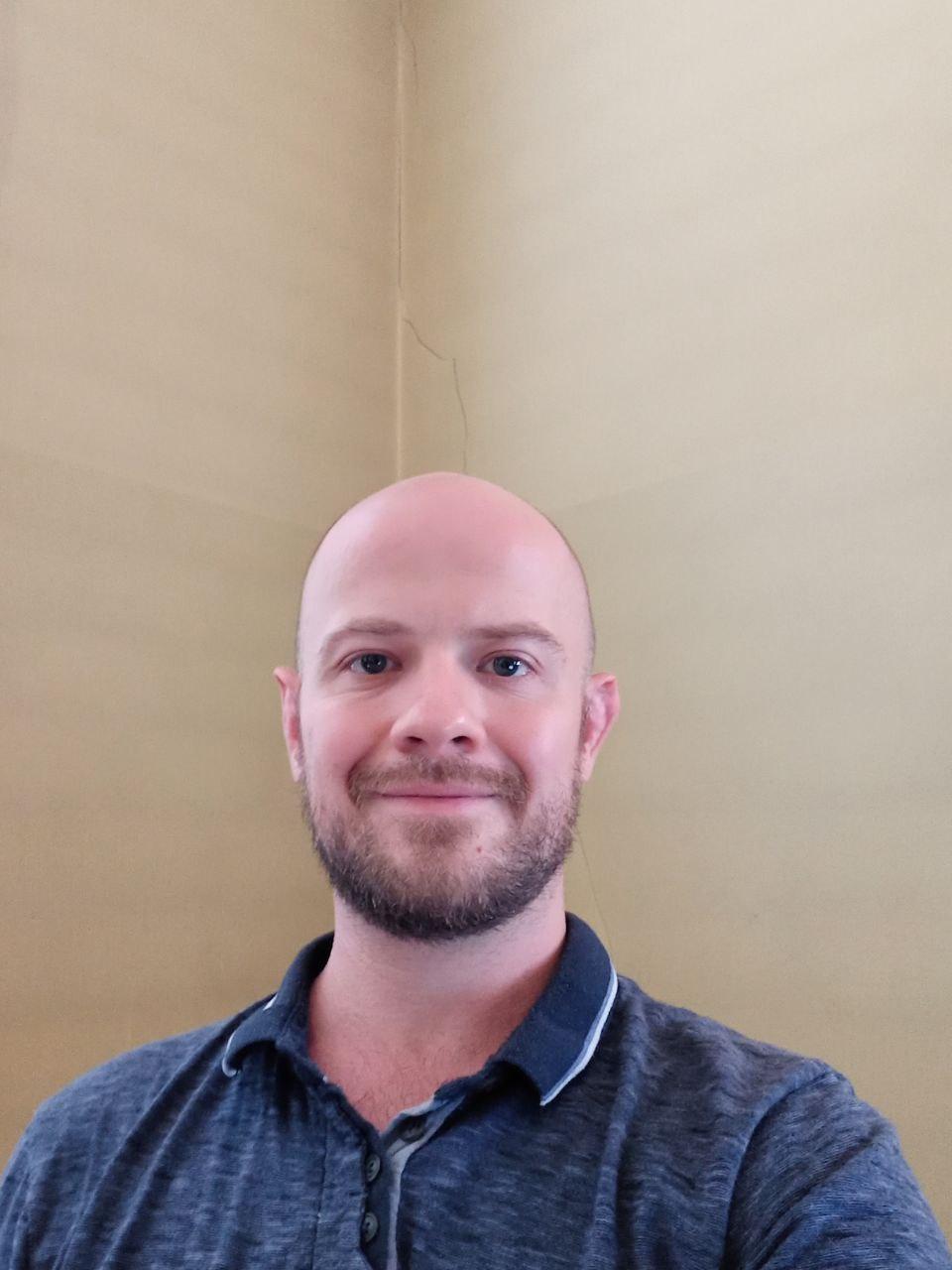 | |
| |
Julia B. Tjus | #139: Status of the search for cosmic-ray origins: a multimessenger view |
Ruhr Universität Bochum | PhD at TU Dortmund University, Germany (2007), advisors: Wofgang Rhode, Peter Biermann, Francis Halzen. Juniorprofessorship Ruhr-Universität Bochum, Germany (2009-2012). Professorship (W2), 2012-2013 and Professorship (W3) 2013-now. Other Positions: Director of the Ruhr Astroparticle and Plasma Physics Center (RAPP Center) since 2015, Spokesperson of the Collaborated Research Center SFB1491 "Cosmic Interacting Matters - From Source to Signal" funded by the German Science Foundation (since Jan 2022) |
 |
Choose timezone
Your profile timezone:

